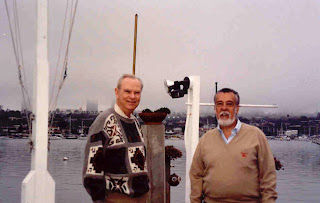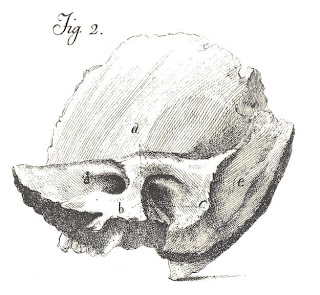The Festivals of the Lights

Festivals are quite characteristic of the human race and, therefore, have been in existence for many, many centuries. All of the religion scholars agree that the “new” religions evolved from older ones. And the “new” ones adapted the old festivals to their own concepts. This is the reason that all of the present religious festivals have prehistorical roots. The most important old festivals were those of the spring equinox, the winter solstice and the harvests. We recently enjoyed a “new” harvest festival, particularly important in the United States and not really linked to any special religion, in spite of the fact that we are basically thanking God for the blessings that He bestowed on us. Thanksgiving is a very meaningful festival that I particularly enjoy. We are now approaching the winter solstice. It seems that this festival originated in the Scandinavian countries, where the days become definitely shorter as the solstice approaches. And people would light fires and pray tha...












